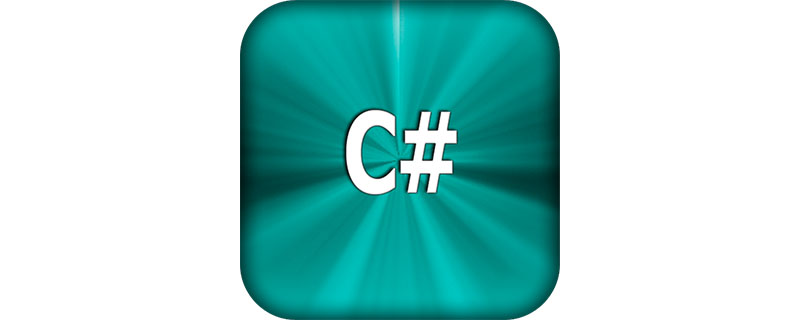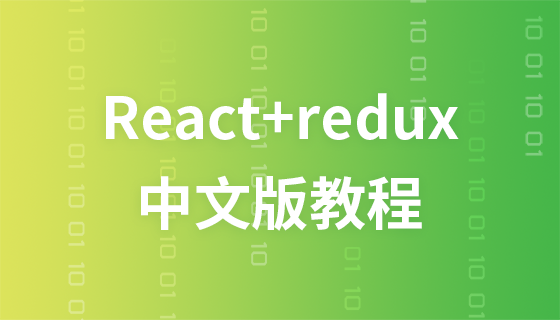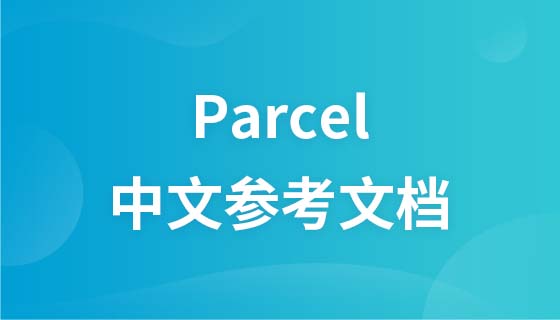
The game middleware I have encountered---Redux, about Redux:
Recommended courses: C# tutorial.

Substance Redux is a texture processing software plus middleware specifically used for texture generation and compression. According to its user guide, it can optimize texture sets and improve the performance of existing compression algorithms by 50% or more. The compression method can be lossless compression or lossless compression. The compression ratio and image quality can be customized by the user during compression.
Redux can compress and package batch texture files. The operation process is to create a new Project project, import several texture files for the project, and set the compression parameters of each texture. Finally export the compressed file. Redux can compress image files in a variety of formats. If the length and width of the input image are not 2 to the N power, Redux will automatically stretch it to 2 to the N power. The Demo provided by ReduxSDK has the function of decompressing compressed files into DDS format.
The biggest selling point of Redux is its image generation function. It can use several simple graphics elements to generate complex images through algorithms. The graphics elements only need to occupy a small amount of disk space, and the generation method is also saved. It doesn’t take much disk space. According to their official statement, the biggest part of the game that takes up disk space is the texture. Using Redux can reduce the disk space occupied by the texture to the minimum, thus reducing the size of the game’s release package to half at most. 1.
2. Redux compression method
Redux provides 3 texture compression methods:
Redux Mode 1 (Redux Mode 1) is a lossless compression algorithm with the smallest compression ratio in most cases. However, it usually renders the fastest.
Redux mode 2 (Redux mode 2) is a fast compression algorithm that provides high-quality images, but the size reduction rate is about 40%.
Redux mode 3 achieves a rough balance between image quality and size reduction. Image quality is lower than Mode 2, but higher compression ratios are achieved with this mode. The size reduction rate is about 60%.
In actual operation, I compressed 300 DDS files and found that the file sizes generated by Redux mode 2 and Redux mode 3 were the same. I didn't care about the specific compression format of these DDS files at the time. I guess most of them were DXT5.
3. Redux compressed files
Redux mainly compresses batch texture files. The compressed files are divided into two categories. A "header" file that contains the directory of the main data files and provides the location of each texture to the decompression code. This file has a .RDXH extension and stores details about each texture, such as texture name, folder, and path. One or more "data" files that contain the actual compressed textures and have the extension .RDXC. The second type of files will be in "blocks". It is possible to store all textures in one large file so that only one "chunk" of data needs to be processed. For exported compressed "chunk" files, you can have the following three settings:
1. No Chunks (no chunks) - that is, a large data file containing each individual texture in the project;
2. Chunks split according to a size limit - for example, a new chunk is created every 4 MB of data;
3. Chunks split according to content Split blocks) - i.e. create a new block for each texture. At this time, a header file and several chunk files will be generated.
After generating the compressed file, if there are any changes to the original texture file, the compressed file must be regenerated. This kind of compression doesn't quite fit my idea. What I want is to find a compressed file by a texture name, load the file, decompress it and generate the texture. If you use Redux, the engine needs to first load a .RDXH header file and generate a ReduxHandle object defined by Redux. Then find the texture subscript index according to the texture name, and then use the interface provided by Redux to obtain the texture data through the index value. Create a Redux project that contains only one texture file, so that the generated compressed file contains one texture. This is very troublesome and requires a lot of work.
Four. Redux decompression
The Demo provided by ReduxSDK decompresses the compressed file into data that conforms to the DDS format. I have tested its performance: first, use 300 DDS files for testing. The original file size is 59.6M, and if compressed using RAR, the size is 25.9M. The compression format of DDS was not recorded at the time, and it is estimated that most of it was DXT5.
| Compression method |
File size |
Loading file time |
Synchronized texture creation time 1 |
Synchronous texture creation time 2 |
| No compression |
59.6M |
2355ms |
6172 ms |
6133 ms |
|
Redux Mode1 Lossless Compression |
19.5M |
743ms |
25016 ms |
24985 ms |
|
Redux Mode2 40% reduction |
17.3M |
702ms |
25862 ms |
25860 ms |
|
Redux Mode3 50% reduction |
17.3M |
674ms |
25878 ms |
25911ms |
|
Redux Mode1 Lossless compression Texture per chunk |
20.6M |
813ms (This is the time when ReduxHandle is created) |
29027ms |
29089ms |
Load local with engine It takes about 8 seconds to create these 300 textures from the file. It takes more than 30 seconds to create 300 textures by decompressing the Redux file, which is 4 times longer than loading locally.
For files of different sizes, the time used to create textures is as shown in the following table:
| Texture size |
File Size |
Engine loading creation time |
Redux Mode1 creation time |
Redux Mode2 creation time |
Redux Mode3 creation time |
| 128*128 |
11K |
1ms |
105 ms |
#31 ms |
30 ms |
|
1025K |
176 ms |
297 ms |
418 ms |
415 ms |
|
|
5462K |
242 ms |
2263 ms |
2265 ms |
2294 ms |
The above is the detailed content of What does redux mean in the game?. For more information, please follow other related articles on the PHP Chinese website!





